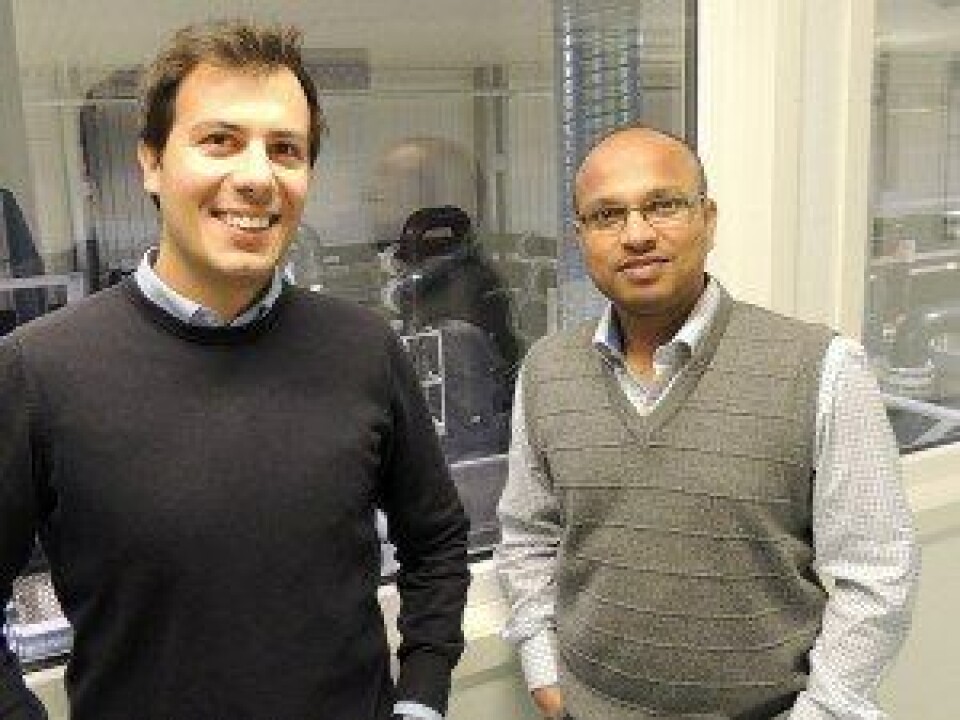
Open season on closed-containment
A project that seeks to develop the new generation of closed-containment salmon aquaculture facilities has recruited two more eminent scientists to the Research Council of Norway’s centre for research-based innovation (SFI) in Sunndalsøra.
Called CtrlAQUA, and led by Nofima, the 8-year project is focusing on producing salmon up to one kilogram. Various closed-containment prototypes are being tested in the sea, with fish wellbeing and growth being of particular interest.
The centre opened in April 2015 and results from the research, looking at factors such as water quality, are already being applied by the industrial partners, who include Pharmaq, FishGLOBE, Storvik Aqua, Aquafarm Equipment, Marine Harvest, Grieg Seafood, Lerøy Seafood Group, Cermaq Norway and Bremnes Seashore.
The project’s most recent recruits are Vasco Mota and Jagan Gorle – the latter is an expert in computational modelling and flow analysis from India, while the former is an expert in fish biology from Portugal.
Carbon dioxide
One project that Mota is to work on involves studying the tolerance of post-smolts for waste products in recirculation plants. He will study, among other things, the maximum level of CO2 that the salmon can cope with in this special water.
“When production is made more intensive, as is the case in closed-containment systems, the level of CO2 becomes important, since the gas is dissolved in the recirculated water and may thus influence fish growth and well-being,” says Mota.
“And the well-being and health of the salmon are important to ensure good growth in closed-containment systems. This is why we need research-based indicators of well-being, such as the level of CO2,” says Mota.
Mota studied how fish experience the recirculation environment for his doctoral thesis, awarded by Wageningen University in the Netherlands. This university is renowned for its work on various fish species in recirculation systems.
Scale and flow
Meanwhile Gorle is to investigate the factors that must be considered when facilities are to be scaled up to the size of an Olympic swimming pool or larger. One major challenge is to maintain an even flow of the water, which is optimal for creating a good environment for the salmon.
“It is clearly possible to model extremely large tanks for aquaculture,” says Gorle, who gained his doctoral degree in marine hydrodynamics working in a renowned centre for fluid mechanics modelling in France.
“One of the challenges for me in modelling water flow is that we must consider the wishes of the biologists. I’m not used to this, but it makes the work much more interesting,” he adds.
Bendik Fyhn Terjesen, Centre Director for CtrlAQUA, says that the new recruits will give the centre the capacity and injection of expertise that it requires to achieve its objectives:
“We are a strong team of many scientists and industrial partners working together to make closed-containment systems available off-the-shelf by 2023. Mota and Gorle represent the combination of technology and biology that we need to reach our objective of scaling up production to larger tanks and ensuring the well-being and healthy growth of the salmon. If we can manage this, we are well on the way to success.”






















































